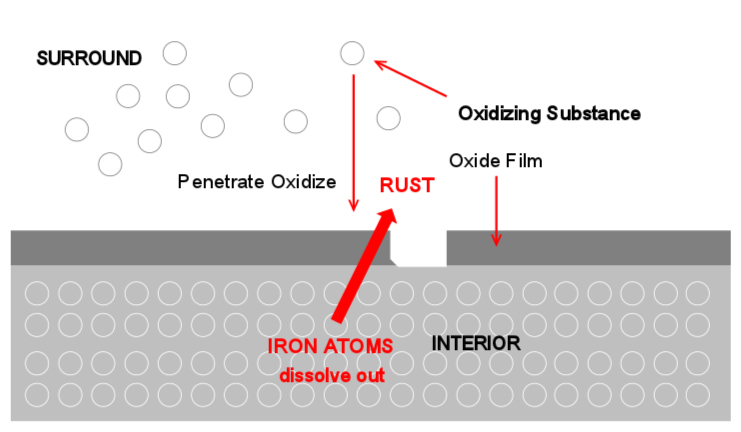With proper maintenance, your HAUSTERN High-Grade 304 Stainless Steel Sinks will not chip, peel, rust or discolour. In order to maintain your sink in optimum condition, please do not ignore the caring and cleaning.
DAILY MAINTENANCE TIPS
- Do not leave any water on the surface of the sink. Water with high ferric content will cause rust, and water with high mineral content will cause white thin coatings.
- Do not leave any pickles, mayonnaises, mustards or salt preserved products in the sink for long period.
- Do not leave soft iron products, hard wares or rusted materials in the sink for long period especially during construction or renovation.
- Be aware of the rusting damage gas/ vapor released from bleaches or any other chemical detergents in the cupboard that might affect to the bottom of the sink.
- Be aware of the possible damage by chlorine household products, bleach and food.
- Flush the sink immediately after contacting with photographic chemicals or soldering iron dissolvent.
CLEANING TIPS
- Do daily or regular cleaning, and leave the sink open to dry after using.
- Do not leave rubber placement or wet sponge cleaner in the sink overnight.
- Do not clean the sink with iron wire or other rough cleaning tools.
- To avoid use detergents with silver or sulfur/ hydrochloric acid component.
- Any misusage or incorrect cleaning methods and even unpurified water will cause damage to the sink.
FACTORS OF RUST
The Inner Factors
- Stainless Steel is manufactured in a variety of alloys. The percent of Chrome and other metals determine which alloy of stainless is produced.
- Stainless does not mean rust proof, just rust resistant. The strength and other properties are closely related to the percentage of carbon and chromium used in it. It’s the chromium that creates a thin oxide layer maintaining the luster by preventing the alloy from forming the iron oxide which is often referred as rust, but at certain environment it will affect most versions of stainless which is called “chloride stress corrosion” that causes a failure of the lattice structure of the metal.
Period 1: Oxidizing
 Period 2: Oxide film be damaged
Period 2: Oxide film be damaged

The Outer Factors
- Decorating and building materials
Experiments show that decorating impurities, residue oil, cement, lime water, paint, metal dust has a great influence on the surface of sink. As below pictures show, it will cause serious corrosion, discoloration, sink spots and such.

- Pipe impurity
There is scrap iron rust and unpurified water in the pipe. So please keep in mind to clean your pipe regularly and do not let the rust water stay in the bowl for a long period of time.
- Metal dust
Include mineral acid, alkali or metal dust, those substantial stick on the sink will cause rust and macular.
- Iron products
Nails wire and other metal tools left in the sink for a long time can cause surface rust, macular.
- Organic Fluid
Similarly, many detergents contain chemicals that can dull the finish and will cause chemical reaction if it has been left in the sink for a long period of time. This is the reason of corrosion, rust, stain and other defects occurred.

PROBLEMS DEALING
Follow the tips below to regain the original appearance:-
- Smears and fingerprints
Use window or glass cleaner, rub with a clean cloth.
- Persistent spots and stains
Stainless steel cleaner. Apply with a sponge or cloth (such as nylon or plastic). Rub back and forth in direction of grain lines with a little elbow grease. Rinse with clean water and dry.
ALERT: Not for mirror finishes
- Hard water spots and scale
Vinegar (full strength). Swab and soak for 5 – 10 minutes. Rub, then rinse with a neutralizer such as baking soda solution. Rinse with clean water and dry.
- "Rusty" discoloration and atmospheric stains
Use any of the cleaning agents listed below. Swab with a cloth and soak for 5 minutes. If necessary, rub with a nylon pad. Rinse with clean water and dry.

ALERT: Do not use steel wool pads!
This can cause rust or pitting of the sink surface.
The following clothes are alright to use:-

 Period 2: Oxide film be damaged
Period 2: Oxide film be damaged



